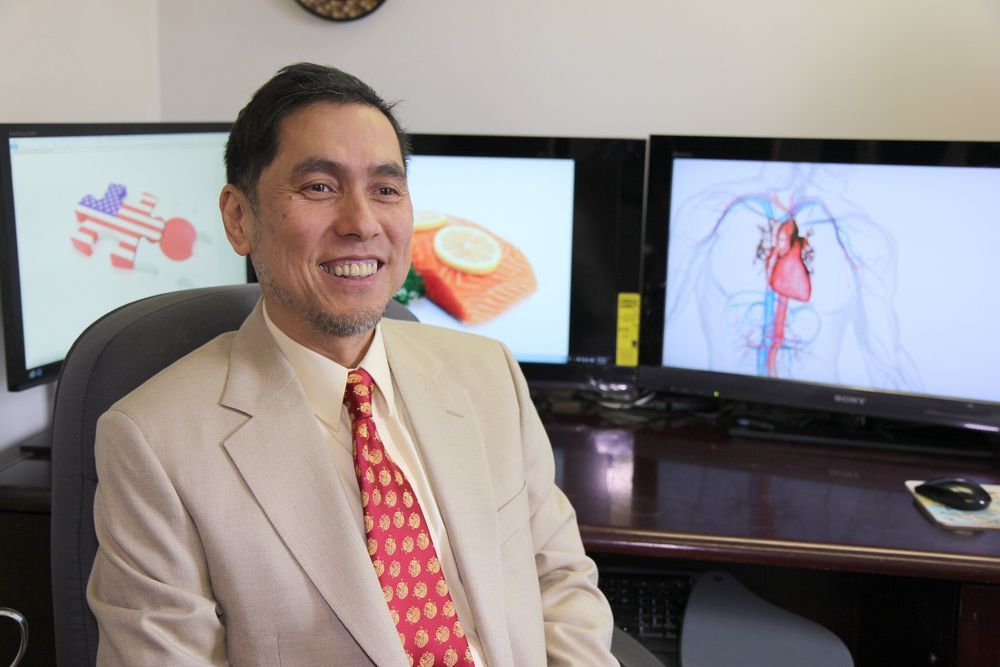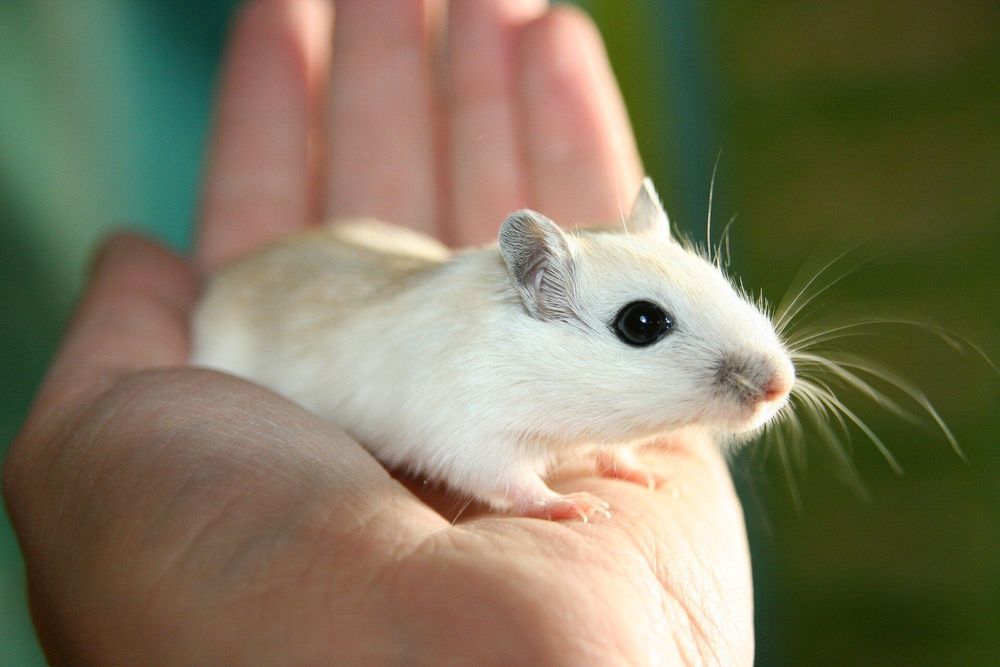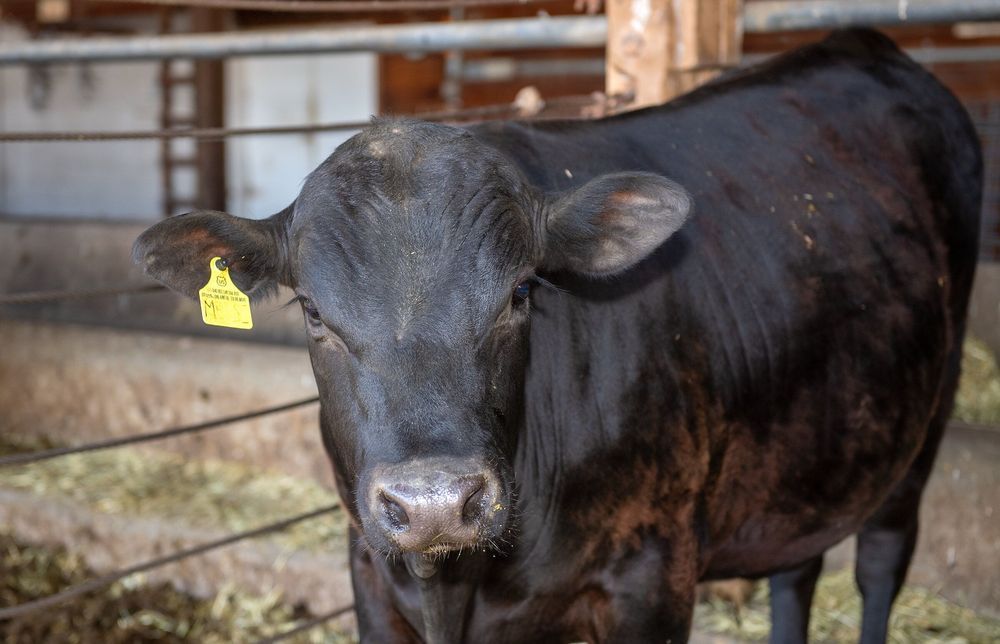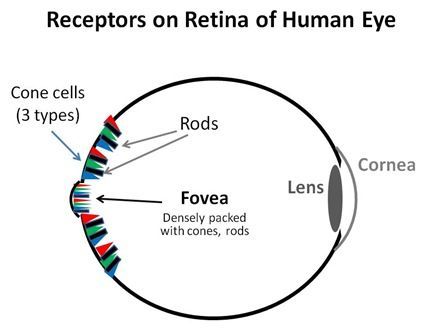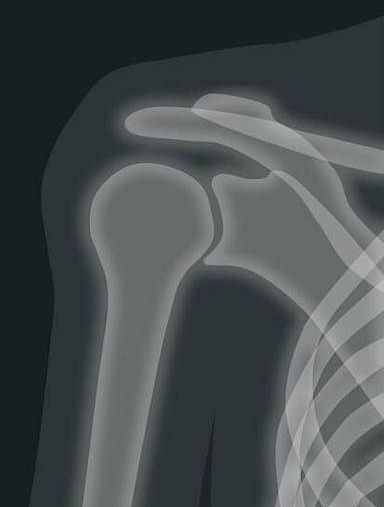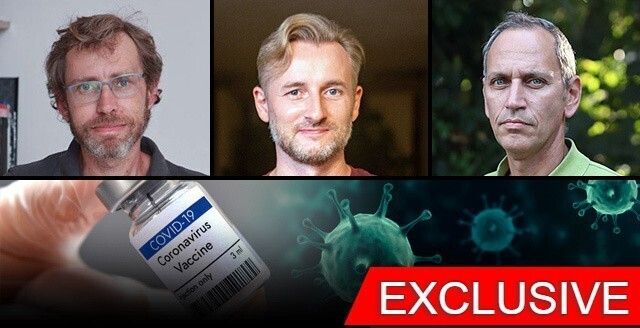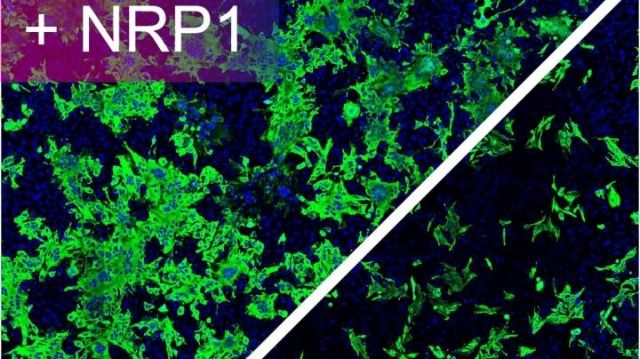The researchers found that while equol production did not appear to impact levels of amyloid-beta deposited within the brain, it was associated with reduced white matter lesion volumes. Sekikawa’s team also discovered that high levels of isoflavones—soy nutrients that are metabolized into equol—had no effect on levels of white matter lesions or amyloid-beta when equol wasn’t produced.
According to Sekikawa, the ability to produce equol from soy isoflavones may be the key to unlocking protective health benefits from a soy-rich diet, and his team has previously shown that equol production is associated with a lower risk of heart disease. As heart disease is strongly associated with cognitive decline and dementia, equol production could help protect the aging brain as well as the heart.
A metabolite produced following consumption of dietary soy may decrease a key risk factor for dementia—with the help of the right bacteria, according to a new discovery led by researchers at the University of Pittsburgh Graduate School of Public Health.
Their study, published today in the journal Alzheimer’s & Dementia: Translational Research & Clinical Interventions, reports that elderly Japanese men and women who produce equol—a metabolite of dietary soy created by certain types of gut bacteria—display lower levels of white matter lesions within the brain.
“White matter lesions are significant risk factors for cognitive decline, dementia and all-cause mortality,” said lead author Akira Sekikawa, M.D., Ph.D., associate professor of epidemiology at Pitt Public Health. “We found 50% more white matter lesions in people who cannot produce equol compared to people who can produce it, which is a surprisingly huge effect.”
